Devil comet heading towards Earth! Grows huge horns
This comet heading towards Earth is named 12P/Pons–Brooks.
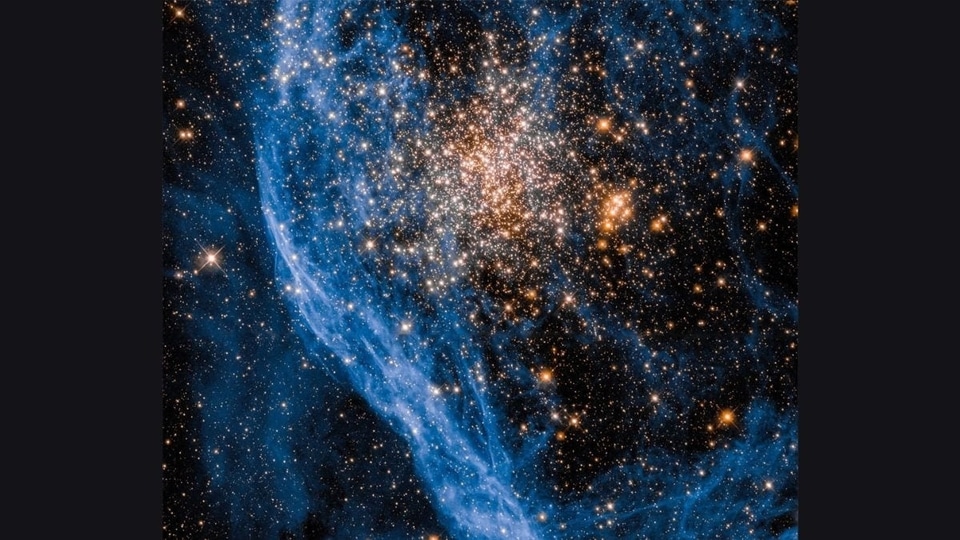
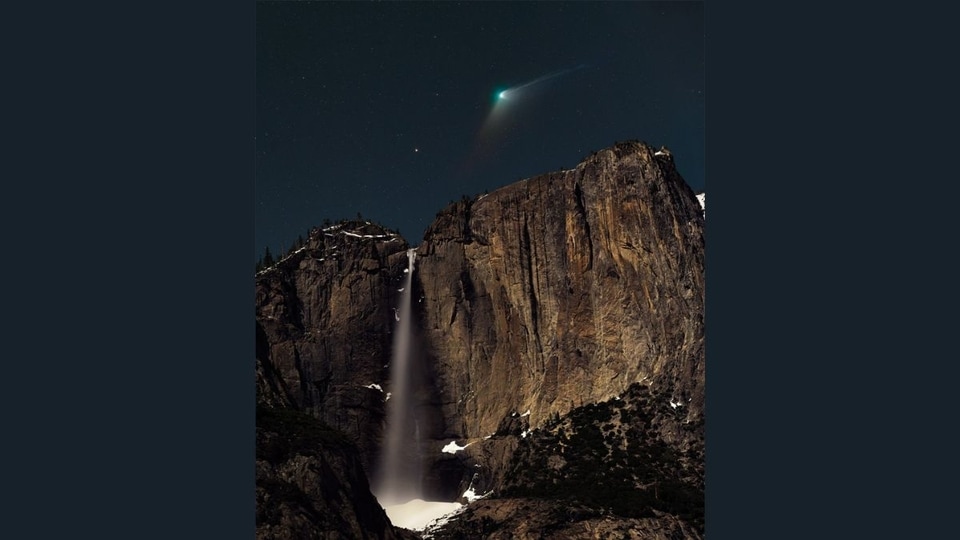
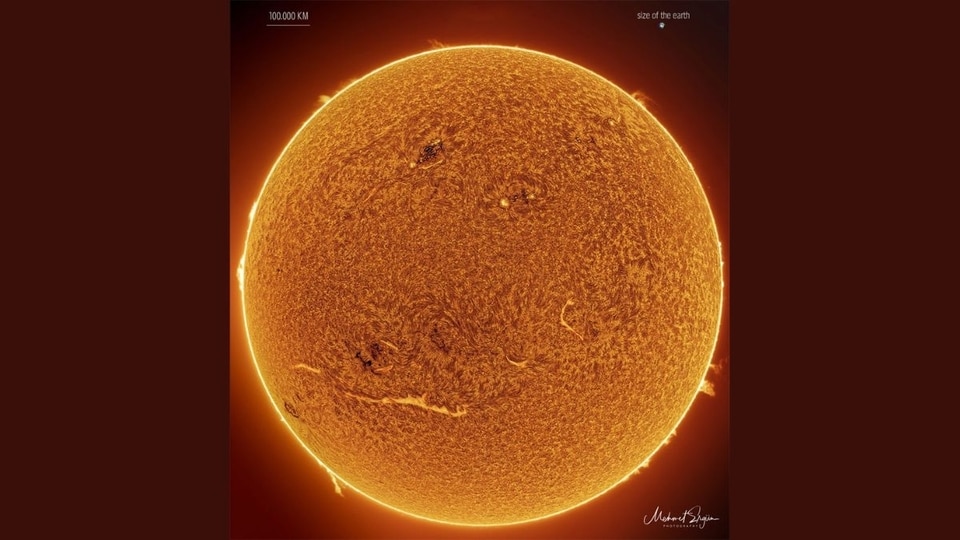
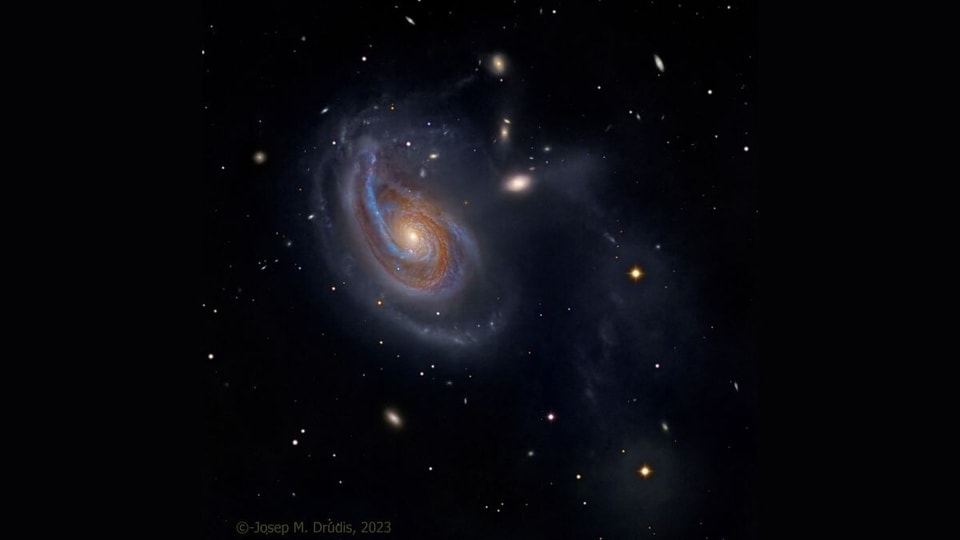
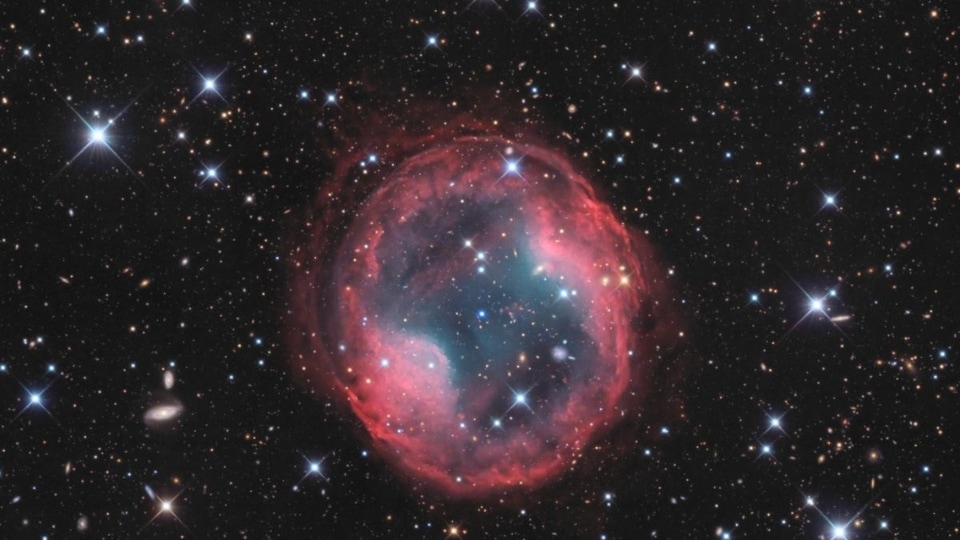
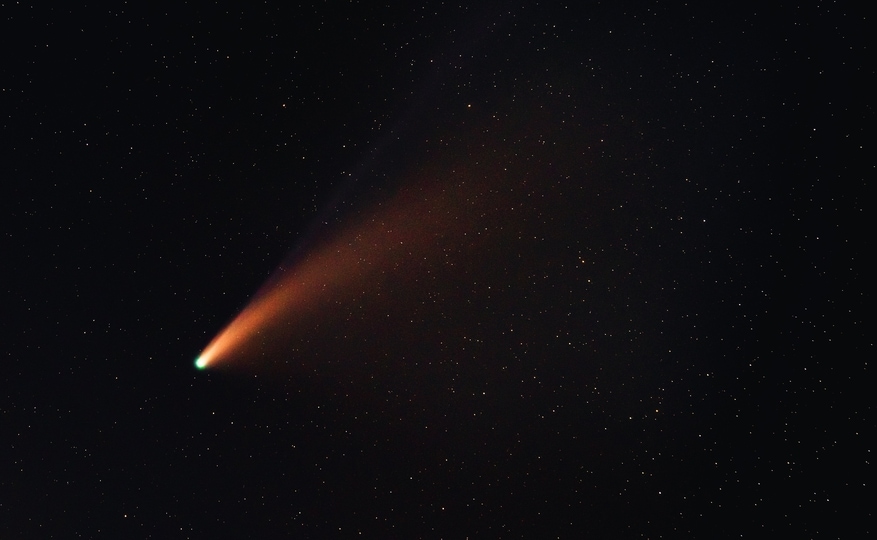
 View all Images
View all ImagesA rare and peculiar event in the cosmos has captured the attention of astronomers! Last year's famous green comet has given way to another fascinating space object. Recently, researchers have discovered a strange comet that seems to have grown horns. Yes, the comet has grown devil like horns. If that confuses you, don't worry. It doesn't really have horns, but its telescopic images caught by the spacecrafts give an illusion that it does have them! So, what exactly are these devil horns? Scientists have an answer for this.
About the comet
The recently found comet is known 12P/Pons-Brooks (12P) comet. It stands out as a cryovolcanic, or cold volcano, comet. Comets, including 12P, consist of a solid nucleus containing a mixture of ice, dust, and gas. What sets 12P apart from most other comets is the substantial buildup of gas and ice inside its nucleus. This accumulation can lead to violent explosions, causing the ejection of its frosty contents, referred to as cryomagma, through large cracks in the nucleus's shell.
According to a report from Spaceweather.com on July 20, astronomers observed a significant outburst from this comet, causing its brightness to surge to approximately 100 times its usual appearance. This sudden increase in brightness resulted from the expansion of the comet's coma, which released gas and ice crystals from its interior. As a result, the comet reflected greater amount of light back towards Earth.
What experts say?
According to Spaceweather.com, the expanded coma of the comet has taken the shape of horns. Some experts have even drawn a comparison between the deformed comet and the Millennium Falcon, one of the iconic spaceships from the Star Wars franchise.
In December 2022, astronomers observed the most substantial eruption from comet 29P in approximately 12 years. This event expelled approximately 1 million tons of cryomagma into space.
According to Richard Miles, an astronomer from the British Astronomical Association specializing in cryovolcanic comets, told Live Science that as of July 26, the coma of the comet had expanded to about 143,000 miles (230,000 kilometers) in diameter.
Catch all the Latest Tech News, Mobile News, Laptop News, Gaming news, Wearables News , How To News, also keep up with us on Whatsapp channel,Twitter, Facebook, Google News, and Instagram. For our latest videos, subscribe to our YouTube channel.

























